Home>diy>Architecture & Design>What Is The Best Frontal View Design For A Narrow Lot In Front Of My House
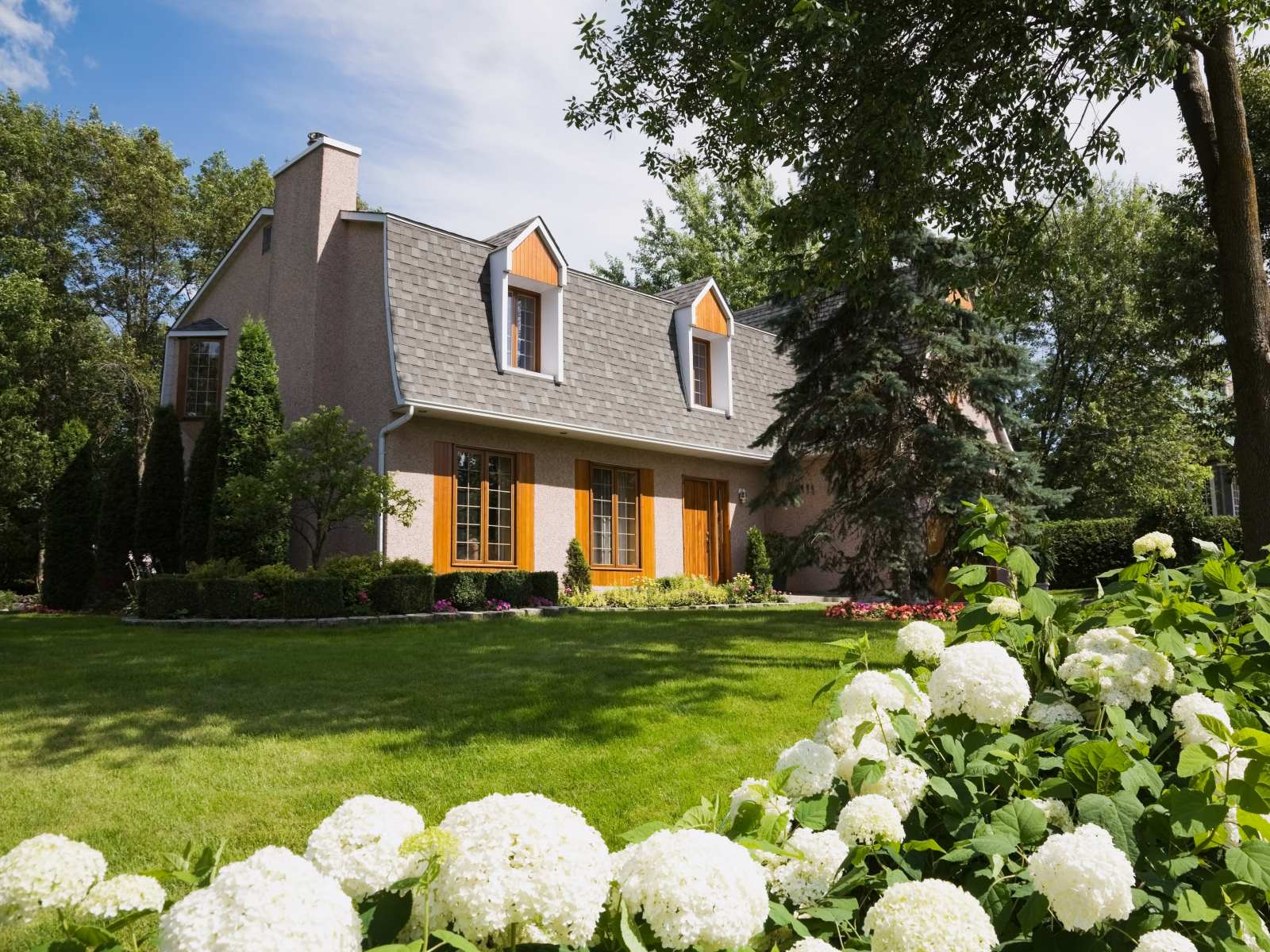

Architecture & Design
What Is The Best Frontal View Design For A Narrow Lot In Front Of My House
Modified: February 23, 2024
Discover the ideal architecture design for a narrow lot in front of your house. Find the best frontal view design ideas to maximize space and enhance curb appeal.
(Many of the links in this article redirect to a specific reviewed product. Your purchase of these products through affiliate links helps to generate commission for Storables.com, at no extra cost. Learn more)
Introduction
Designing the front view of a narrow lot can be a challenging task. With limited space and specific requirements, homeowners need to carefully plan an architectural design that not only maximizes the use of available space but also creates an appealing and inviting facade. The front view of a house is the first impression visitors and passersby have, so it’s crucial to make it visually appealing and functional.
When designing the front view of a narrow lot, several factors need to be taken into consideration. These factors include maximizing space, creating curb appeal, ensuring privacy, and incorporating functional design considerations. By carefully considering each of these factors, homeowners can achieve an attractive and functional front view design that enhances the overall appeal of their property.
In this article, we will delve into the key factors to consider when designing the front view of a house on a narrow lot. We will also explore some creative design ideas that can be implemented to make the most of limited space and create an eye-catching front facade.
Key Takeaways:
- When designing the front view of a narrow lot, prioritize maximizing space, creating curb appeal, ensuring privacy, and incorporating functional design considerations to achieve an attractive and functional facade.
- Consider traditional, modern minimalist, vertical garden, courtyard oasis, or multi-level designs to transform the front view of a narrow lot into a visually captivating and functional space that reflects your unique style.
Read more: What Is Porch In House
Factors to Consider
When designing the front view of a house on a narrow lot, there are several factors that homeowners should take into consideration to ensure a successful design. Let’s explore these factors in more detail:
1. Maximizing Space
One of the primary challenges of a narrow lot is limited space. It’s crucial to make the most of every inch while maintaining a functional layout. Consider utilizing vertical space by incorporating multiple levels or a rooftop garden. Additionally, opt for smart storage solutions to maximize space inside the house.
2. Creating Curb Appeal
The front view of a house is the first thing people see, so it’s important to create a visually appealing facade. Choose an attractive color palette, incorporate architectural details, and consider adding elements such as landscaping, outdoor lighting, or a stylish entrance. Make sure the design reflects the overall style and aesthetic of the house.
3. Ensuring Privacy
Privacy is essential, especially when living in close proximity to neighbors. Incorporate design elements that provide privacy, such as fences, hedges, or strategic placement of windows. Consider using frosted glass or blinds for windows facing the street or neighboring properties.
Read more: How To Decorate A Long Narrow Front Porch
4. Functional Design Considerations
In addition to aesthetics, functionality is crucial in a narrow lot design. Pay attention to the flow of the space, ensuring easy access and movement between rooms. Consider the placement of doors, windows, and furniture to optimize functionality. Incorporate efficient storage solutions and prioritize natural light and ventilation.
By carefully considering these factors, homeowners can create a front view design that not only optimizes space and provides privacy but also enhances the overall curb appeal of the home.
Maximizing Space
When it comes to designing the front view of a house on a narrow lot, maximizing space is key. With limited square footage to work with, it’s important to find creative solutions to make the most of every inch. Here are some ideas to consider:
- Vertical Space: Utilize the vertical space by incorporating multiple levels. This can be achieved through the use of mezzanines, split-level designs, or even a rooftop garden. By going vertical, you can add more livable space without sacrificing the footprint of the house.
- Open Floor Plans: Opt for open floor plans that create a sense of spaciousness. Removing unnecessary walls and barriers will visually expand the available space and allow for more flexibility in furniture arrangement.
- Smart Storage Solutions: Incorporate clever storage solutions to maximize space efficiency. Consider built-in cabinets, wall-mounted shelves, or hidden storage compartments that blend seamlessly with the overall design. By utilizing every nook and cranny for storage, you can keep your living areas clutter-free.
- Multipurpose Rooms: Design rooms that can serve multiple functions. A home office can also double as a guest room, or a dining area can be transformed into a workspace. By making rooms multifunctional, you can maximize the usability of the space without compromising on comfort.
- Outdoor Living: Extend your living space to the outdoors. Utilize outdoor areas such as patios, balconies, or rooftops as extensions of your indoor space. Create cozy seating areas, add greenery, and incorporate outdoor lighting to make the most of your narrow lot.
By implementing these strategies, you can make the most of the limited space available on a narrow lot. Remember to prioritize functionality while maintaining a visually appealing design.
Creating Curb Appeal
When designing the front view of a house on a narrow lot, creating curb appeal is essential. The front facade is the first impression visitors and passersby will have, so it’s important to make it visually appealing and inviting. Here are some tips to consider for enhancing the curb appeal:
- Color Palette: Choose a color palette that complements the overall style of the house and the surrounding neighborhood. Consider using a combination of colors that create harmony and visual interest. Remember that lighter colors can make a space appear larger, while darker tones can add depth and elegance.
- Architectural Details: Incorporate architectural details that add character and uniqueness to the front facade. This can include decorative moldings, columns, window trims, or unique roof designs. These details will make your house stand out and create a memorable first impression.
- Landscaping: Enhance the front view with well-designed landscaping. Consider planting flowers, shrubs, and trees that complement the architectural style of the house. Use varied heights and textures to create visual interest. Don’t forget to maintain the landscaping regularly to keep it looking its best.
- Entrance: Pay special attention to the entrance of the house. Create an inviting pathway leading to the front door and consider adding a focal point such as a decorative gate or a distinctive front porch. Ensure that the entrance is well-lit and easily accessible to enhance the overall curb appeal.
- Outdoor Lighting: Illuminate the front view with outdoor lighting to create a welcoming ambiance. Use a combination of pathway lights, accent lights, and wall-mounted fixtures to highlight architectural features and add a sense of warmth and security. Consider energy-efficient options such as LED lights to minimize costs in the long run.
By incorporating these elements, you can transform the front view of your house on a narrow lot into an eye-catching and inviting space. Remember to strike a balance between aesthetics and functionality to create a lasting impression.
Ensuring Privacy
When designing the front view of a house on a narrow lot, ensuring privacy is an important consideration. Living in close proximity to neighbors and facing a busy street can compromise your privacy. Here are some strategies to incorporate privacy into your front facade design:
- Fencing: Install a fence to create a physical barrier between your property and the street or neighboring properties. Choose a design that complements the overall style of your house while providing the desired level of privacy. Consider options like wood, metal, or a combination for durability and aesthetics.
- Hedges and Greenery: Plant tall hedges or trees along the perimeter of your property to create a natural shield. This will not only add privacy but also enhance the visual appeal of your front view. Choose evergreen plants for year-round privacy and consider their growth pattern and maintenance requirements.
- Window Treatments: Consider the placement and design of windows to maintain privacy while allowing natural light into your home. Install frosted glass or blinds to limit the view from the outside without sacrificing daylight. Utilize curtains or drapes for added privacy when needed.
- Strategic Landscaping: Use landscaping elements strategically to add privacy. Incorporate tall plants or create secluded seating areas with trellises or pergolas draped in vines. These natural barriers will add privacy while creating a pleasant and inviting atmosphere.
- Outdoor Screens: Install outdoor screens or partitions on your front porch or patio area to create a private outdoor space. These screens can be made of various materials such as wood, metal, or even fabric. They provide an ideal solution for enjoying outdoor activities without feeling exposed.
By implementing these privacy-enhancing strategies, you can create a front view that offers a sense of seclusion and tranquility, even on a narrow lot. Remember to balance privacy with aesthetics to maintain an attractive exterior design.
Functional Design Considerations
When designing the front view of a house on a narrow lot, it’s crucial to prioritize functionality alongside aesthetics. Here are some considerations to keep in mind to ensure an efficient and practical design:
- Flow and Accessibility: Plan the layout of the front view to allow for easy flow and accessibility. Ensure that there’s a logical arrangement of spaces and that the movement between rooms is seamless. Consider the placement of doors, windows, and pathways to create a smooth transition throughout the space.
- Optimal Furniture Placement: Arrange furniture in a way that maximizes the available space and facilitates ease of use. Consider the scale of the furniture and choose pieces that fit well within the designated areas. Avoid overcrowding and prioritize functionality and comfort.
- Storage Solutions: Incorporate efficient storage solutions to keep the front view organized and clutter-free. Utilize built-in cabinets, shelves, or hidden storage options to store everyday items and keep them within easy reach. Designate specific storage areas for coats, shoes, and other frequently used items.
- Natural Light and Ventilation: Maximize natural light and ventilation in the front view design. Position windows strategically to allow ample sunlight to enter the space. Consider the orientation of the house and the placement of windows to promote cross ventilation and create a comfortable living environment.
- Entryway Design: Pay special attention to the design of the entryway as it sets the tone for the rest of the house. Ensure that it is well-lit, welcoming, and functional. Provide a dedicated entryway area with storage for shoes and jackets to maintain cleanliness and organization in the front view.
By considering these functional design aspects, you can create a front view that is not only visually appealing but also practical and efficient to live in. Remember to strike a balance between aesthetics and functionality to achieve the ideal design for your narrow lot.
Design Ideas for Narrow Lots
Designing the front view of a house on a narrow lot requires creative thinking and innovative solutions. Here are some design ideas that can help make the most of limited space and create an impressive front facade:
1. The Traditional Front Facade
A classic and timeless approach is to design a traditional front facade. Incorporate elements such as a pitched roof, symmetrical architecture, and a welcoming porch. Use traditional materials such as brick or wood siding to add warmth and character to the house. Enhance the curb appeal with well-manicured landscaping and a cohesive color scheme that complements the architectural style.
2. The Modern Minimalist Approach
A modern minimalist design is ideal for narrow lots, as it emphasizes simplicity and clean lines. Opt for a sleek and contemporary front view with a flat roof, large windows, and a minimalist color palette. Use materials such as concrete, glass, and metal to create a minimalist aesthetic. Keep the landscaping simple and low-maintenance to enhance the minimalist vibe.
Read more: What Color Should I Paint My Front Porch
3. The Vertical Garden Concept
To maximize space and bring a touch of nature to your front view, consider incorporating a vertical garden concept. Utilize walls, fences, or even the side of the house to create a vertical garden filled with lush greenery. This not only adds visual interest but also improves air quality and creates a calming ambiance. Combine the vertical garden with contemporary architectural elements for a unique and eco-friendly design.
4. The Courtyard Oasis
Create a private oasis in the front view by designing a courtyard. The courtyard can be an enclosed space surrounded by the house or a partially open area with walls or fences for privacy. Add a focal point such as a water feature or a lush garden to create a tranquil atmosphere. Incorporate comfortable seating and outdoor amenities to make it a functional and inviting space for relaxation and entertainment.
5. The Multi-Level Design
Make use of vertical space by designing a multi-level front view. Incorporate terraces or balconies at different levels to create visual interest and provide outdoor living areas. Each level can serve a different purpose, such as a dining area, a lounge space, or a garden. This design adds depth and dimension to the front facade while optimizing the use of space.
These design ideas can serve as starting points to inspire your creativity when designing the front view of a house on a narrow lot. Remember to consider your specific requirements, lifestyle, and the surrounding environment to create a design that perfectly suits your needs.
The Traditional Front Facade
Designing a traditional front facade is a timeless approach that can bring elegance and charm to a house on a narrow lot. This design style incorporates classic architectural elements and a warm, inviting aesthetic. Here are some key features to consider when creating a traditional front facade:
- Pitched Roof: One characteristic of traditional architecture is a pitched roof. This design element adds visual interest and provides a sense of height to the front view. Consider a sloped roof with shingles or tiles that complement the overall style of the house.
- Symmetrical Architecture: Traditional facades often feature a symmetrical layout. This means that the architectural elements are evenly balanced on both sides of the front view. Symmetry creates a sense of harmony and order, giving the house a timeless and balanced appearance.
- Welcoming Porch: The front porch is a signature feature of traditional homes. Design a porch that is wide and inviting, with enough space for seating or decoration. Consider adding columns, railings, or a porch swing to enhance the traditional charm.
- Traditional Materials: Choose traditional materials that are commonly associated with traditional architecture. Options such as brick, stone, or wood siding can be used to create a warm and inviting facade. These materials offer durability and add character to the front view.
- Decorative Details: Traditional facades often incorporate decorative details that add visual interest and intricate craftsmanship. Consider adding decorative moldings, trims, or window casings to enhance the architectural style. These details can be painted in contrasting colors to make them stand out.
- Well-Manicured Landscaping: Traditional front facades are often accompanied by well-maintained landscaping. Add flower beds, shrubs, and trees that complement the overall aesthetic. Use symmetry and balance in the landscaping design to further enhance the traditional appeal.
- Coordinated Color Scheme: Choose a cohesive color scheme that complements the architectural style and the surrounding environment. Traditional color palettes often include earthy tones, such as warm neutrals, deep reds, or rich browns. Consider adding pops of color with accent features like brightly colored doors or window shutters.
A traditional front facade design exudes elegance, sophistication, and a sense of welcoming. By incorporating these elements and paying attention to details, you can create a front view that stands the test of time and adds a touch of classic beauty to your narrow lot home.
Read more: How To Connect A Porch Roof To House
The Modern Minimalist Approach
The modern minimalist approach offers a sleek and clean design that fits perfectly with a narrow lot. This design style embraces simplicity, functionality, and a pared-down aesthetic. Here are key elements to consider when creating a modern minimalist front facade:
- Flat Roof: One of the defining features of modern minimalist architecture is a flat roof. This design element provides clean lines and a streamlined appearance to the front view. Consider a flat roof with a slight slope for efficient drainage.
- Clean Lines: Emphasize clean and straight lines throughout the design. Avoid ornate details and intricate patterns. Create a minimalist aesthetic by incorporating simplicity and continuity in the architectural elements.
- Neutral Color Palette: Choose a neutral color palette for the exterior of the house. Opt for shades of white, gray, or black to create a minimalist look. You can also consider using natural materials such as exposed concrete or wood siding, which add warmth and texture to the front facade.
- Large Windows: Incorporate extensive use of glass and large windows to maximize natural light. Choose floor-to-ceiling windows or sliding glass doors to create a seamless connection between the indoor and outdoor spaces. This not only enhances the modern aesthetic but also allows for ample daylighting.
- Simplicity in Landscaping: Keep the landscaping simple and minimalistic to complement the modern design. Utilize clean lines, a limited color palette, and low-maintenance plants. Consider incorporating elements like minimalist geometric planters or gravel pathways to add visual interest while maintaining simplicity.
- Functional Outdoor Living Areas: Extend the modern minimalist design to the front outdoor areas. Create a functional and minimalist front porch or patio with sleek furniture and minimal decorations. Focus on creating a space that is conducive to relaxation and simplicity.
- Minimalist Lighting: Choose minimalist lighting fixtures to further enhance the modern aesthetic. Consider recessed lighting, sleek wall sconces, or minimalist pendant lights. These fixtures should blend seamlessly with the overall design of the front view while providing adequate illumination.
The modern minimalist approach to the front facade design offers a sleek and contemporary look that embraces simplicity and functionality. By incorporating these elements and focusing on clean lines and a neutral color palette, you can create a visually stunning front view for your narrow lot home.
The Vertical Garden Concept
Incorporating a vertical garden concept into the front view design of a narrow lot can bring a touch of nature and beauty to the space. A vertical garden utilizes vertical surfaces to create a lush, green display of plants, adding visual interest and improving the overall ambiance. Here are key elements to consider when implementing a vertical garden concept:
- Selecting the Right Plants: Choose plants that are suitable for vertical gardens, such as vines, climbers, and other trailing plants. Consider plants with different textures and colors to create an engaging and vibrant display. Opt for species that thrive in your climate and require minimal maintenance.
- Vertical Structures: Install vertical structures within the front view to support the plants. These structures can include trellises, arbors, or modular panels specifically designed for vertical gardens. Ensure the structures are securely anchored to withstand wind and weather conditions.
- Positioning and Placement: Strategically position the vertical garden elements to maximize visual impact and optimize the use of space. Consider utilizing walls, fences, or the side of the house to create vertical gardens. Incorporate cascading plants or hanging baskets for added depth and movement.
- Irrigation and Drainage: Ensure proper irrigation and drainage systems are in place to maintain the health of the plants. Consider installing a drip irrigation system or self-watering planters to provide consistent moisture. Adequate drainage will prevent water accumulation and potential damage to the vertical garden structures.
- Lighting: Incorporate lighting to accentuate the vertical garden concept, both during the day and at night. Install well-placed spotlights or uplights to highlight specific plants or architectural features. This will create a visually stunning display and add a magical ambiance after the sun sets.
- Maintenance: Regular maintenance is vital for the longevity and health of the vertical garden. Prune and trim plants as needed to maintain their shape and prevent overcrowding. Regularly check the watering system and adjust it according to the seasonal requirements of the plants.
A vertical garden concept in the front view design can transform a narrow lot into a green oasis. By carefully selecting plants, incorporating vertical structures, and maintaining proper irrigation, you can create a visually appealing and environmentally friendly facade that will captivate attention and bring nature closer to your home.
The Courtyard Oasis
Designing a courtyard oasis in the front view of a house on a narrow lot can create a private and serene outdoor retreat. A courtyard offers an intimate space for relaxation, entertainment, and connection with nature. Here are key elements to consider when creating a courtyard oasis:
- Enclosure and Privacy: Create a sense of seclusion by enclosing the courtyard with walls, fences, or hedges. This provides privacy from the street and neighboring properties, allowing you to enjoy your oasis in peace. Consider adding a decorative gate or entryway to enhance the visual appeal while maintaining security.
- Greenery and Landscaping: Incorporate lush greenery and landscape elements to bring nature into the courtyard. Plant vibrant flowers, ornamental grasses, and tall trees to create a tranquil and calming environment. Consider adding a water feature, such as a fountain or a small pond, to add a soothing element to the space.
- Functional Seating Areas: Design comfortable seating areas within the courtyard to enjoy outdoor activities or simply relax. Consider incorporating a patio or a deck with comfortable outdoor furniture. Choose materials that are weather-resistant and low-maintenance to withstand various conditions.
- Lighting and Ambiance: Install adequate lighting to create a warm and inviting ambiance in the courtyard. Utilize soft outdoor lighting fixtures, such as string lights, lanterns, or well-placed spotlights. This will allow you to enjoy the space during evening hours and enhance the overall atmosphere.
- Functional Amenities: To make the courtyard oasis more practical, consider adding functional amenities such as an outdoor kitchen, a fire pit, or a pergola for shade. These features enhance the usability of the space and allow for enjoyable outdoor gatherings and activities throughout the year.
- Multiple Access Points: Create multiple access points to the courtyard from different parts of the house. This allows for seamless indoor-outdoor integration and enhances the flow throughout the property. Consider incorporating large sliding glass doors or French doors for a smooth transition between indoor and outdoor living spaces.
A courtyard oasis in the front view design offers a tranquil escape from the outside world. By including enclosure, greenery, functional seating areas, proper lighting, and amenities, you can create an outdoor sanctuary that provides relaxation, entertainment, and a connection with nature.
Consider using a symmetrical design with a central pathway and balanced landscaping to create a visually appealing frontal view for a narrow lot. This will help to maximize the space and create a sense of harmony.
The Multi-Level Design
A multi-level design is an excellent option for a narrow lot, as it maximizes space and creates visual interest. By utilizing different levels, you can create distinct areas within the front view and optimize the use of the available square footage. Here are key elements to consider when designing a multi-level front view:
- Outdoor Living Areas: Incorporate outdoor living areas on different levels. Create a patio or a deck on one level where you can entertain guests or relax outdoors. Consider adding seating areas, outdoor kitchen equipment, or even a hot tub to make the most of these spaces.
- Connecting Stairs or Ramps: Install connecting stairs or ramps to seamlessly move between the different levels. The design of these connecting elements should harmonize with the overall aesthetic of the front view. Use materials such as wood, stone, or concrete to create a visually appealing and durable connection.
- Garden and Green Spaces: Incorporate greenery and garden spaces on each level. Use containers or raised beds to create a vertical garden design. Consider utilizing climbing plants or trellises to add a lush and vibrant element to the multi-level design. Create relaxing seating areas surrounded by the beauty of nature at each level.
- Focal Points: Designate focal points on each level to create visual interest. This could include a water feature, a sculpture, or a decorative element that adds a unique touch to each area. These focal points serve as anchors and draw attention to specific areas of the front view.
- Lighting: Incorporate well-placed lighting to illuminate the different levels and enhance the overall atmosphere of the front view. Use a combination of pathway lights, spotlights, and ambient lighting to create an inviting and welcoming ambiance during evening hours. This not only adds functionality to the space but also enhances its visual appeal.
- Functionality and Flow: Ensure that the different levels serve specific functional purposes and flow seamlessly together. Consider the placement of doors, windows, and other architectural elements to optimize natural light and ventilation. Pay attention to the circulation between levels to create a smooth and intuitive movement throughout the front view.
A multi-level design in the front view offers an innovative and dynamic solution for a narrow lot. By incorporating outdoor living areas, garden spaces, focal points, proper lighting, and a functional flow, you can create a visually captivating and highly functional front view that maximizes the available space.
Read more: How To Add A Porch To Your House
Conclusion
Designing the front view of a house on a narrow lot requires careful consideration and innovative ideas. By taking into account factors such as maximizing space, creating curb appeal, ensuring privacy, and incorporating functional design considerations, homeowners can create a front facade that is visually appealing, functional, and inviting.
There are various design approaches to consider when working with a narrow lot. A traditional front facade design offers timeless elegance with pitched roofs, symmetrical architecture, and welcoming porches. A modern minimalist approach focuses on clean lines, a neutral color palette, and simplicity. The vertical garden concept brings nature to the front view with lush greenery and the use of vertical structures. The courtyard oasis design provides a private and tranquil outdoor retreat. The multi-level design allows for the optimization of space by utilizing different levels and creating distinct areas within the front view.
Each design approach comes with its own unique features and aesthetics. Ultimately, the best front view design for a narrow lot is one that reflects the homeowner’s personal style, meets their specific needs, and blends harmoniously with the surrounding environment.
In conclusion, with thoughtful planning, creativity, and attention to detail, homeowners can transform the front view of their house on a narrow lot into a visually captivating and functional space. Whether it’s embracing tradition, minimalism, vertical gardens, oasis-like courtyards, or multi-level designs, the goal is to create a front facade that not only enhances the curb appeal but also serves as a welcoming entrance to the home.
Remember, the front view is the face of the house, and by implementing the right design choices, a narrow lot can be transformed into a stunning and inviting space that reflects the homeowner’s unique style and leaves a lasting impression.
Frequently Asked Questions about What Is The Best Frontal View Design For A Narrow Lot In Front Of My House
Was this page helpful?
At Storables.com, we guarantee accurate and reliable information. Our content, validated by Expert Board Contributors, is crafted following stringent Editorial Policies. We're committed to providing you with well-researched, expert-backed insights for all your informational needs.
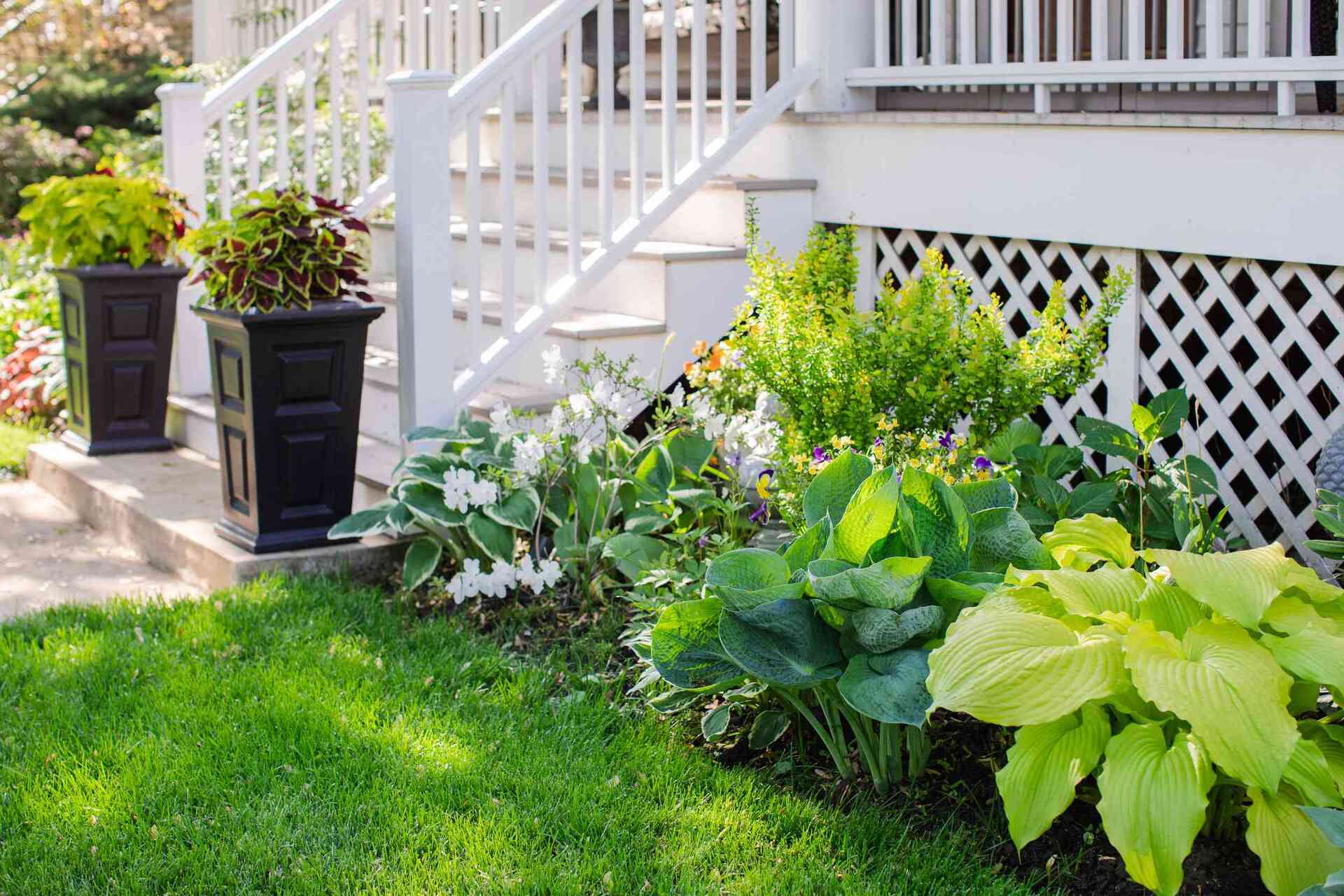
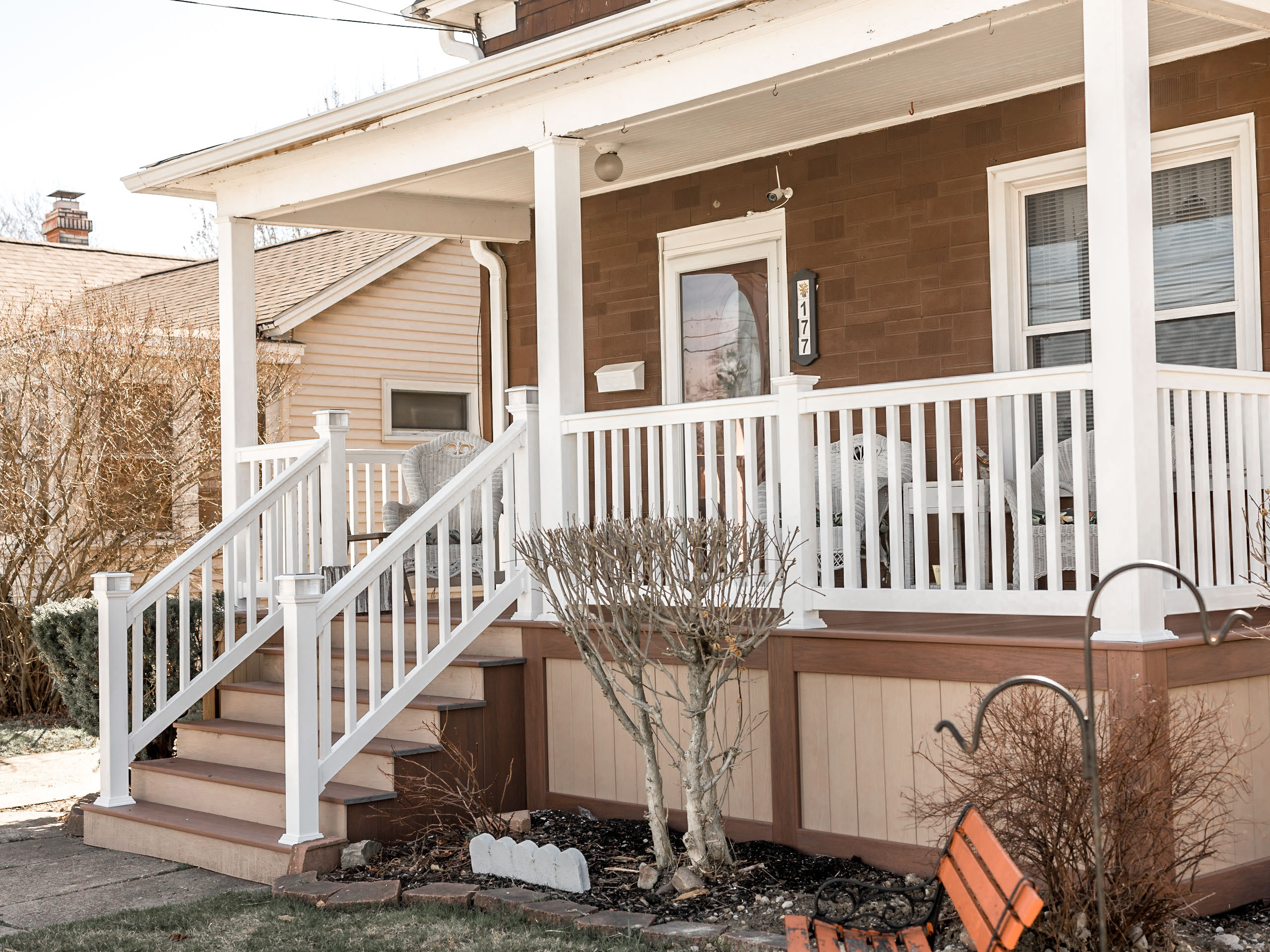

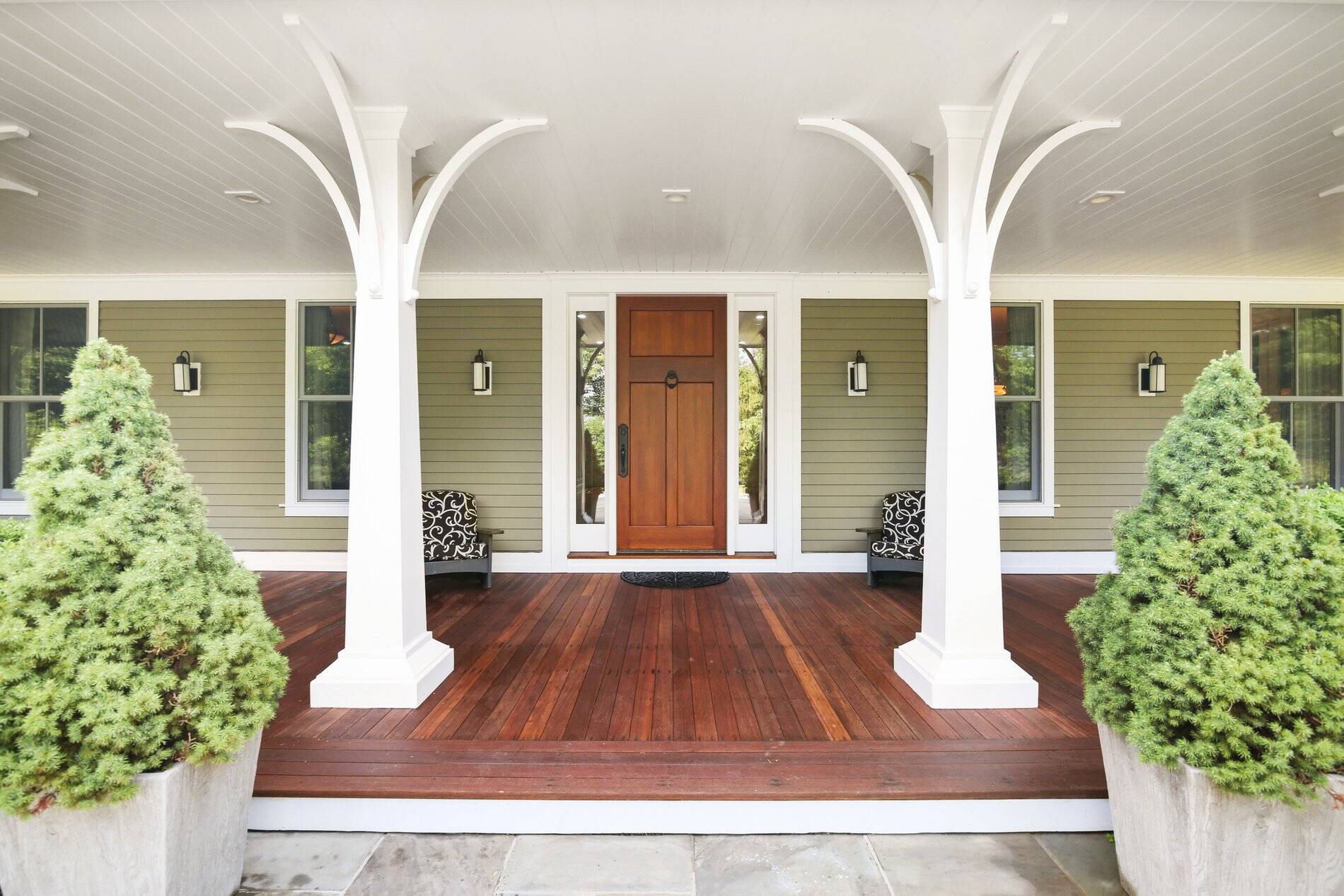
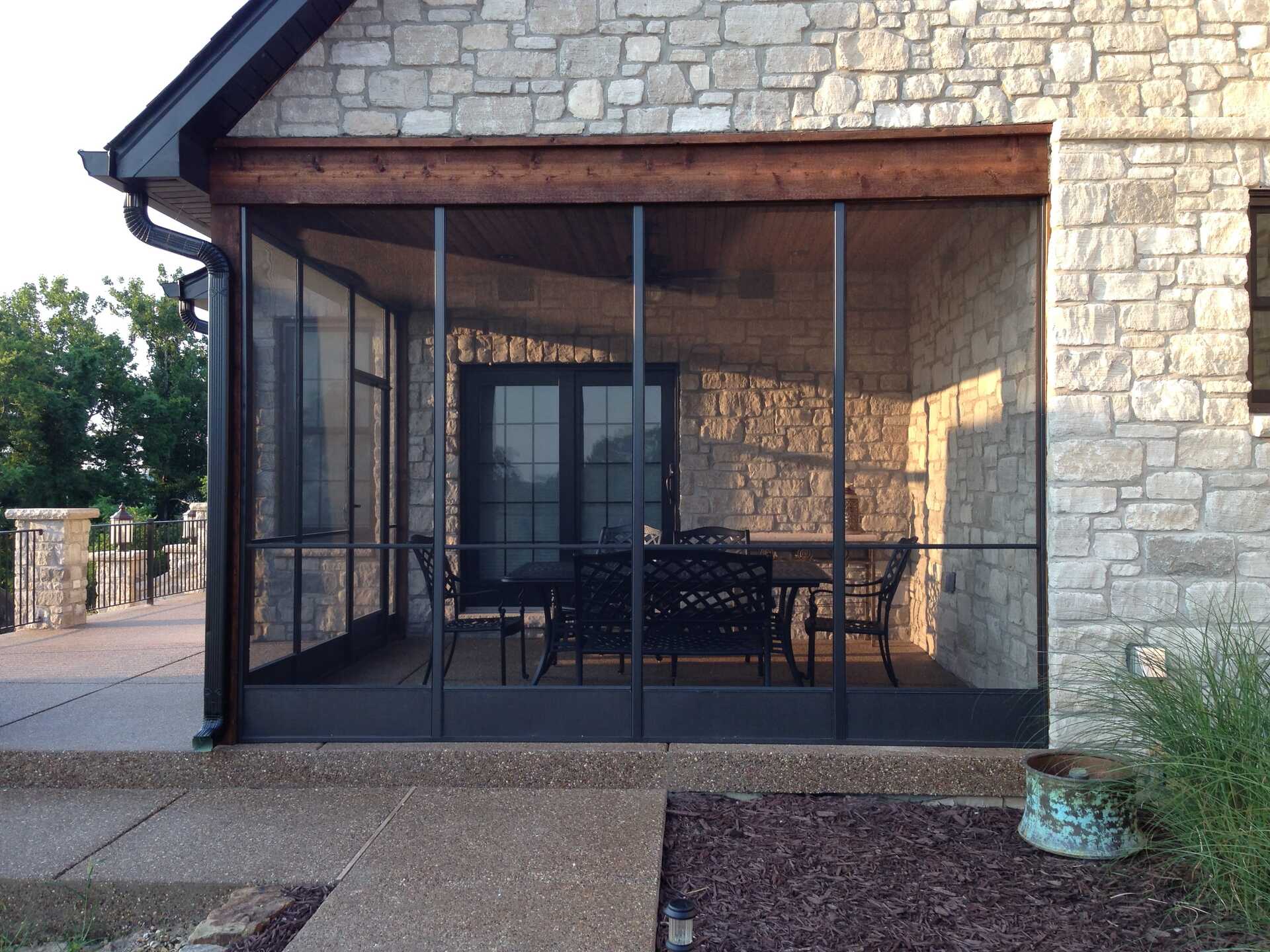
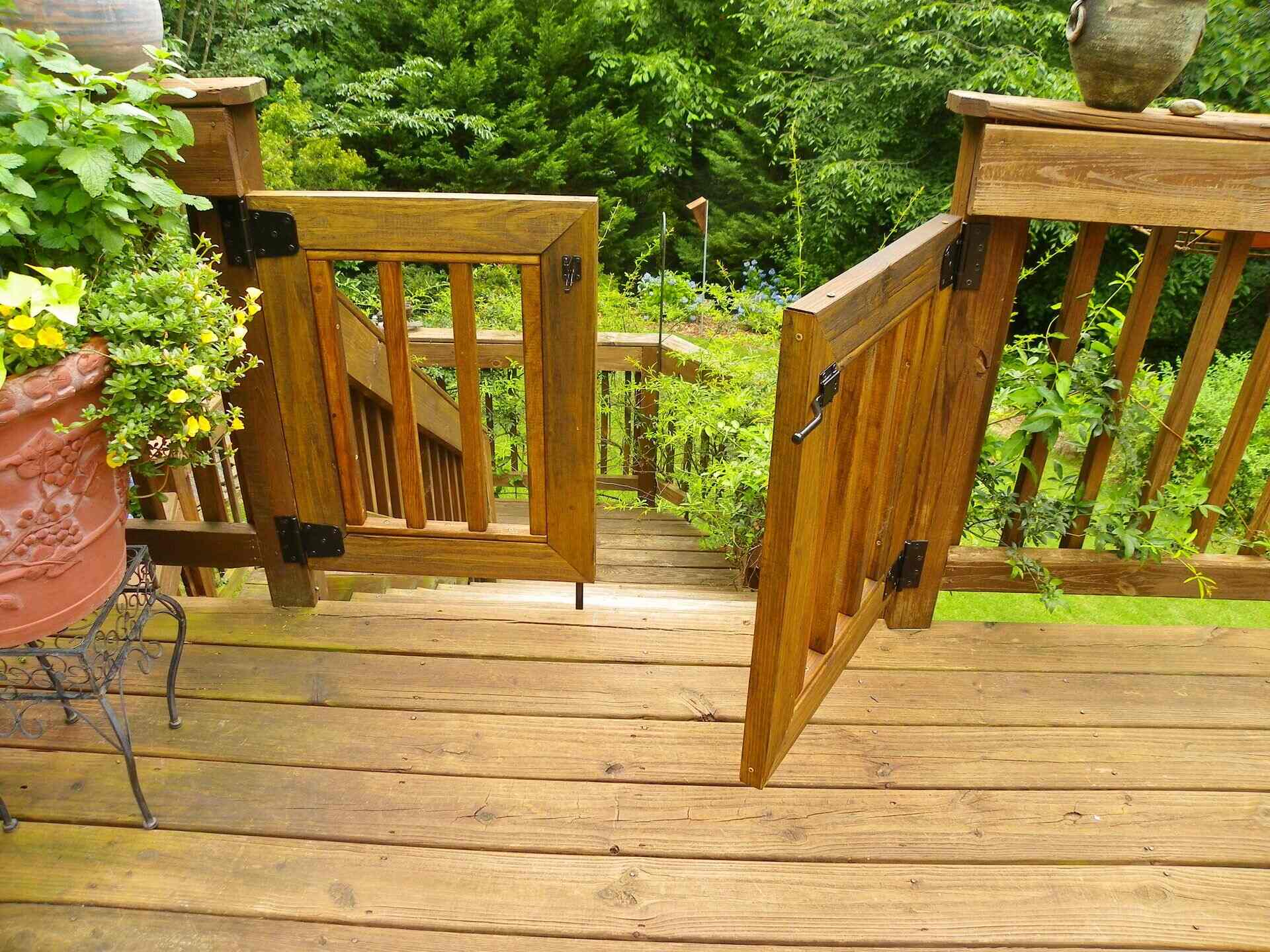

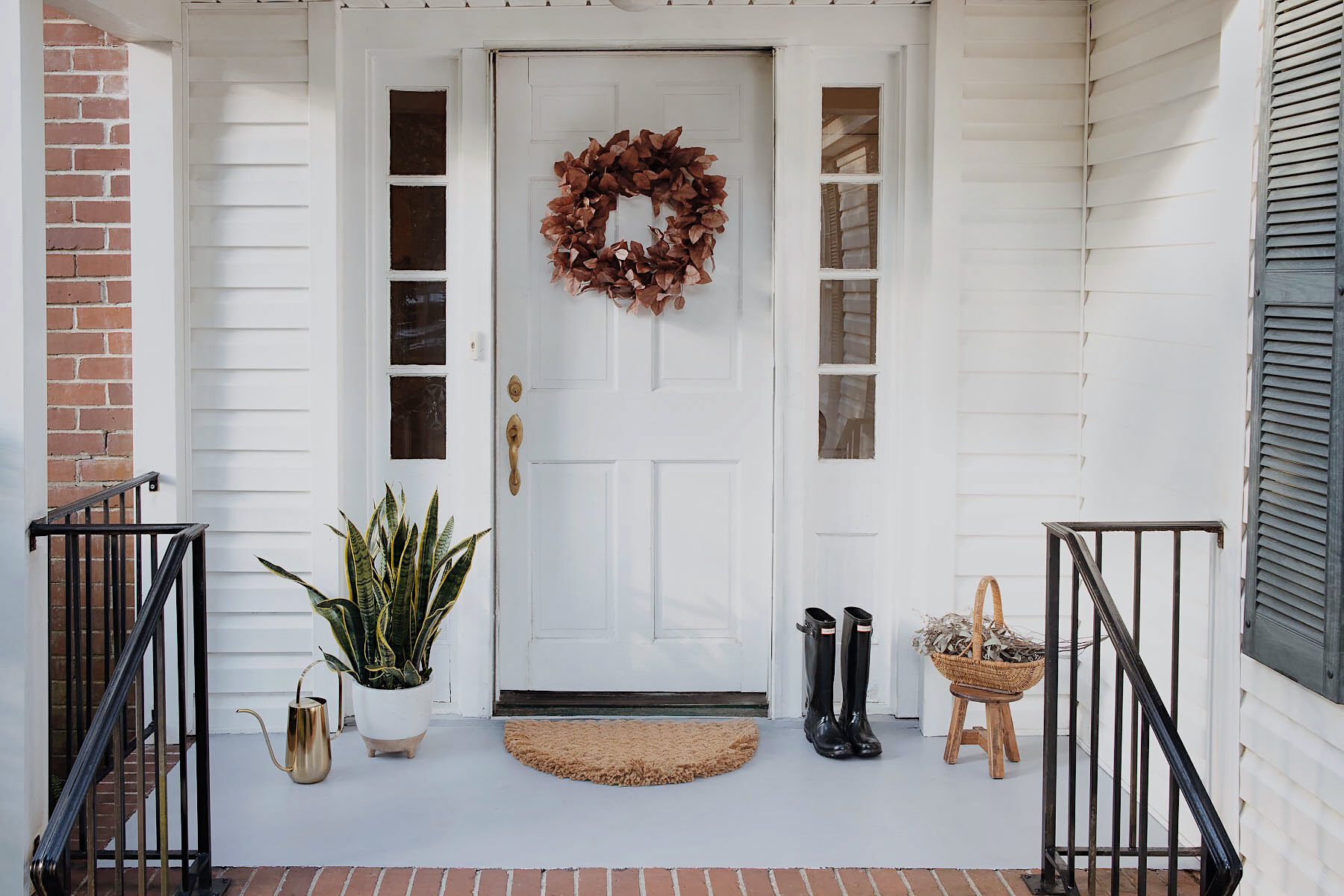



0 thoughts on “What Is The Best Frontal View Design For A Narrow Lot In Front Of My House”